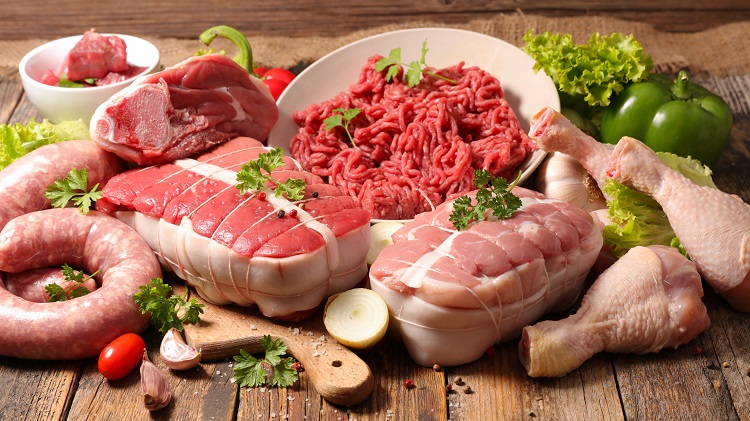Sudanese cuisine is famous for its special Sudanese taste with some nutritional influences that enrich it, especially Egyptian, Orthodox, Turkish and Levantine influences in sweets. Many Sudanese foods have been around for thousands of years among the Sudanese, such as bread that the Sudanese call (loaf) or (baladi bread), fava beans and cakes for the Sudanese on Eid al-Fitr and Eid al-Adha. Most of the traditional Sudanese dishes that are eaten with kasra, qirasah, porridge or “lokma” as it is called in some areas consist of edam, which is locally called “the navigator,” adding the meem that varies according to its components, adding to it “alwakah,” which is a crushed type of okra that gives a sticky texture. There are also some types of meat that do not have a waka, and sometimes the so-called sharmot is added to it, which is a type of meat whose statement comes in the context of this article. Turkish cuisine has greatly influenced the Sudanese cuisine, giving it a distinct flavor. Among the most famous Turkish foods found in Sudanese cuisine are kebabs, kofta and shawarma, as well as sweets such as baklava. Levantine and Egyptian sweets also entered Sudanese cuisine and are known as oriental or Levantine sweets. The Sudanese are also famous for making the Madeedah – the plural of Madida – which is a sweet condensed soup that varies according to what it is made of, such as long starch, millet, corn, tamarind, fenugreek, and others. They are also famous for making the so-called balila, which is boiled types of grains or legumes that also differ according to their component, including salty and sweet. Meat in Sudan has a special place, and the Sudanese are considered the most people consuming meat, and one of the most important types of its use is Al-Sharmout: it is dried curd meat and is added to most types of navigator with Al-Waika. Akashi: It is a type of barbecue similar to a cutlet, but it has a special kind of spices that resemble curry and hot peppers served with it. Shih Al-Salat: It is roasting meat on a kind of heated stones placed on a layer of coals. In addition to the rest of the well-known barbecue types. There is also a type of Sudanese food called “gallbladder”, which is the preparation of parts of a newly slaughtered animal, which is required to be fresh, which is the liver and lung or “Fashfash” in Sudanese colloquial and the thick part of the stomach “rumen or umm fatfat” colloquially cut and added to it Lemon, hot pepper, and bile juice, which is “the stinger that opens the eye and tightens the ta’a,” is eaten raw. Cumin: One of the most famous Sudanese foods, which is cooked parts of the intestines and rumen. Al-Basem: He was named so because the animal’s head after skinning it appears to be smiling while preparing the meat of the head. It is worth mentioning that the Sudanese recover from eating the eye or the brain. Al-Nifa: It is putting the head after cutting off the ears in a hole containing burning wood, then skinning it and eating it after that.
